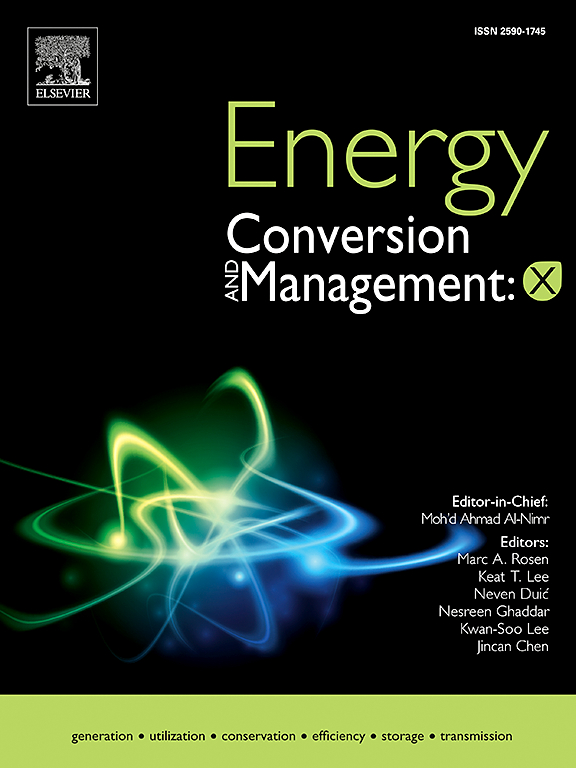Visual research on spray and low temperature combustion of biodiesel/ethanol/water micro-emulsified fuels
IF 9.9
1区 工程技术
Q1 ENERGY & FUELS
引用次数: 0
Abstract
To solve the negative environmental problems derived from the transport sector, this study is devoted to realizing a thorough substitution of biomass fuels for petroleum diesel. The spray, ignition, combustion, and emission of pure biodiesel, biodiesel/ethanol blend, and two kinds of biodiesel/ethanol/water triple micro-emulsified fuels were studied through optical visual methods on a constant volume combustion chamber. First of all, the micro-emulsified fuels obviously improve the spray quality. The micro-explosion effect of internal water improves the spray and atomization and the gas–liquid phase spray projected areas of microemulsion fuel at the maximum water blending ratio are the largest in the mid and late stages of spray. Secondly, with the increase of the water blending ratio, the combustion process of the fuel is improved. The flame lift-off length increases, the ignition delay period is prolonged, and the air entrainment effect is enhanced. Meanwhile, the combustion flame temperature decreases with the increase of water content, realizing low-temperature combustion. Lastly, the micro-emulsified fuels markedly decrease soot emissions. Both the total luminous intensities and normalized total KLs of micro-emulsified fuel with high water content are the lowest, achieving the best soot reduction effect. The triple micro-emulsified fuels have significant potential as a full biomass alternative fuel.

求助全文
约1分钟内获得全文
求助全文
来源期刊

Energy Conversion and Management
工程技术-力学
CiteScore
19.00
自引率
11.50%
发文量
1304
审稿时长
17 days
期刊介绍:
The journal Energy Conversion and Management provides a forum for publishing original contributions and comprehensive technical review articles of interdisciplinary and original research on all important energy topics.
The topics considered include energy generation, utilization, conversion, storage, transmission, conservation, management and sustainability. These topics typically involve various types of energy such as mechanical, thermal, nuclear, chemical, electromagnetic, magnetic and electric. These energy types cover all known energy resources, including renewable resources (e.g., solar, bio, hydro, wind, geothermal and ocean energy), fossil fuels and nuclear resources.
 求助内容:
求助内容: 应助结果提醒方式:
应助结果提醒方式:


